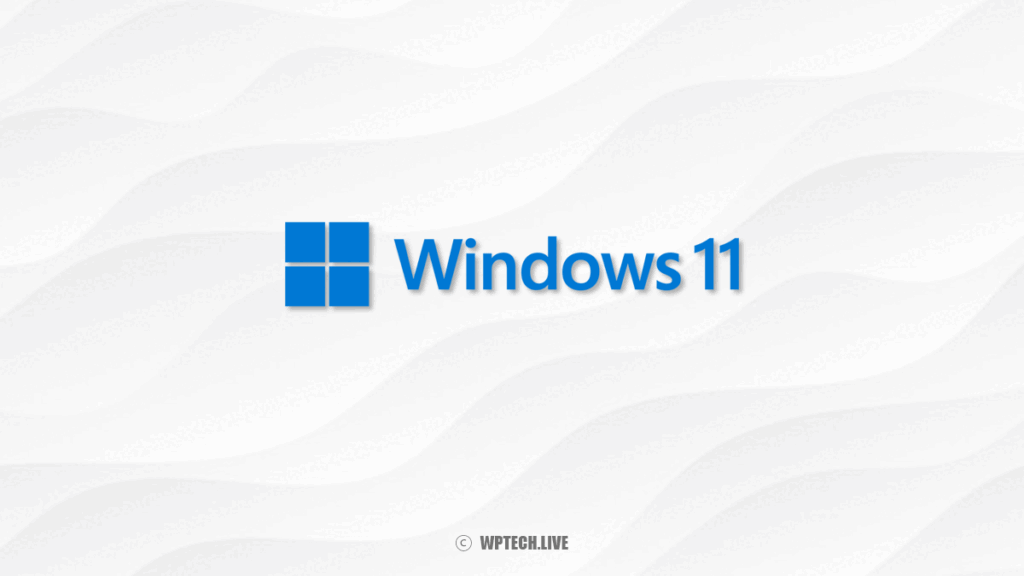Table Of Content
Setting up a new Windows 11 machine can feel a bit like running an obstacle course. One of the first hurdles? The mandatory internet connection during setup. While Microsoft pushes for online connectivity, there are valid reasons to bypass it. And what about those pre-installed apps like Skype and OneDrive? Are they as useless as they seem? Let’s break it all down.

Why Does Windows 11 Insist on an Internet Connection?
Microsoft’s reasoning isn’t entirely malicious. They want to:
- Streamline Updates: Connecting to the internet during setup ensures your system has the latest drivers, security patches, and features.
- Account Creation: Windows 11 encourages (and sometimes requires) you to sign in with a Microsoft account, which necessitates internet access.
- Data Collection: Let’s be honest, Microsoft also wants to gather data about your usage patterns and preferences.
- App Promotion: An internet connection allows them to push their own apps and services during the setup process.
Valid Reasons to Skip the Internet Connection
Not everyone wants (or needs) to be online during setup. Here are some common scenarios:
- Privacy Concerns: Some users prefer a local account and don’t want to share data with Microsoft during setup.
- Limited Connectivity: Not all locations have reliable internet, especially if you’re setting up a PC in a rural area or on the go.
- Clean Install Preference: Many tech-savvy users prefer a clean slate, free of pre-installed apps and bloatware.
- Offline Setup Discs: Some Windows installations come on physical media, and an internet connection might not be readily available.
The Foolproof Method to Bypass the Internet Connection
Here’s the step-by-step guide you’ve been waiting for:
- Step 1: Begin the Windows 11 installation process as usual.
- Step 2: When you reach the “Let’s connect you to a network” screen, press Shift + F10 simultaneously. This will open a command prompt.
- Step 3: In the command prompt, type
oobe\bypassnroand press Enter. - Step 4: Your PC will restart automatically.
- Setup 5: You’ll see a new option: “I don’t have internet.” Select it, then choose “Continue with limited setup.”
- Done! You’ll now be able to create a local user account without a Microsoft account.
But Wait… Are Those Pre-Installed Apps Really That Bad?
Before you uninstall everything, consider these potential benefits:
- OneDrive: It’s more than just cloud storage. OneDrive integrates seamlessly with Microsoft Office, enabling real-time collaboration and easy file sharing. This can be a huge productivity booster for students, professionals, and teams.
- Skype: While Zoom might be the current king of video calls, Skype offers unique features like live captions and real-time language translation. For international communication or accessibility needs, Skype can be invaluable.
- Your Phone App: If you’re an Android user, this app is a game-changer. It allows you to access texts, notifications, and even make calls directly from your PC, creating a seamless workflow between your devices.
Making Windows 11 YOURS
At the end of the day, your PC should work for you,not the other way around. Whether you choose to bypass the internet connection or embrace the pre-installed apps, the goal is to create a personalized experience.
Don’t be afraid to experiment. Uninstall apps you don’t use, customize your settings, and make Windows 11 feel like home. If you have any questions or run into issues, don’t hesitate to ask in the comments below. Let’s create a Windows 11 experience that truly caters to your needs!
Important Note: Bypassing the internet connection during setup might prevent automatic driver updates and certain feature installations. Be sure to manually update your drivers and check for updates regularly to ensure optimal performance and security.



